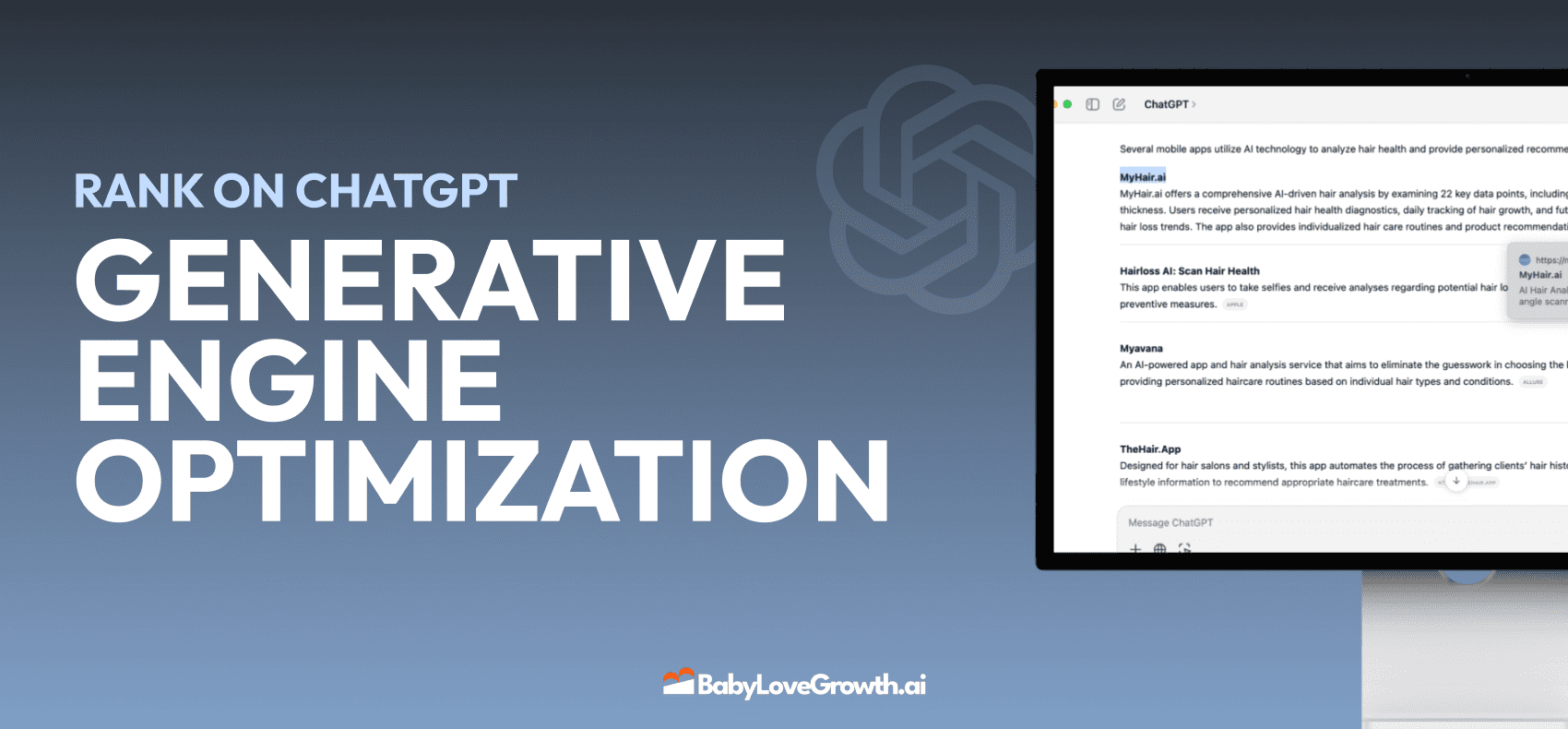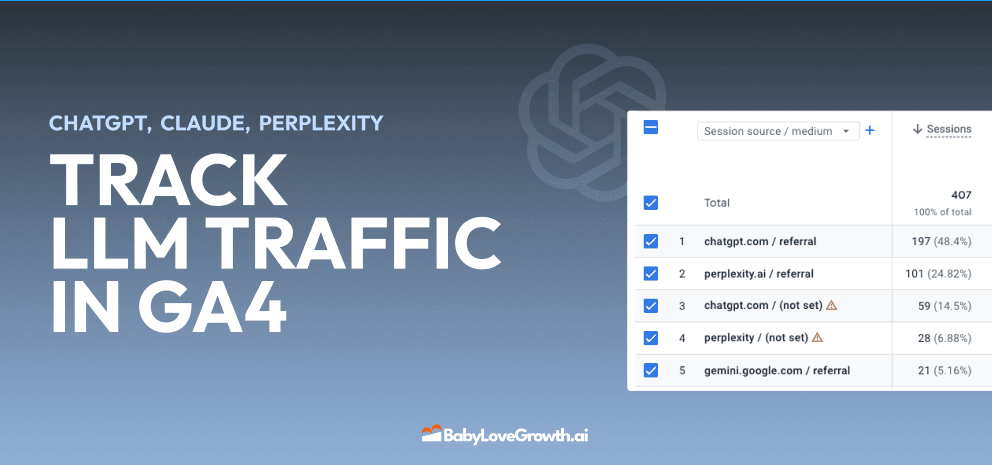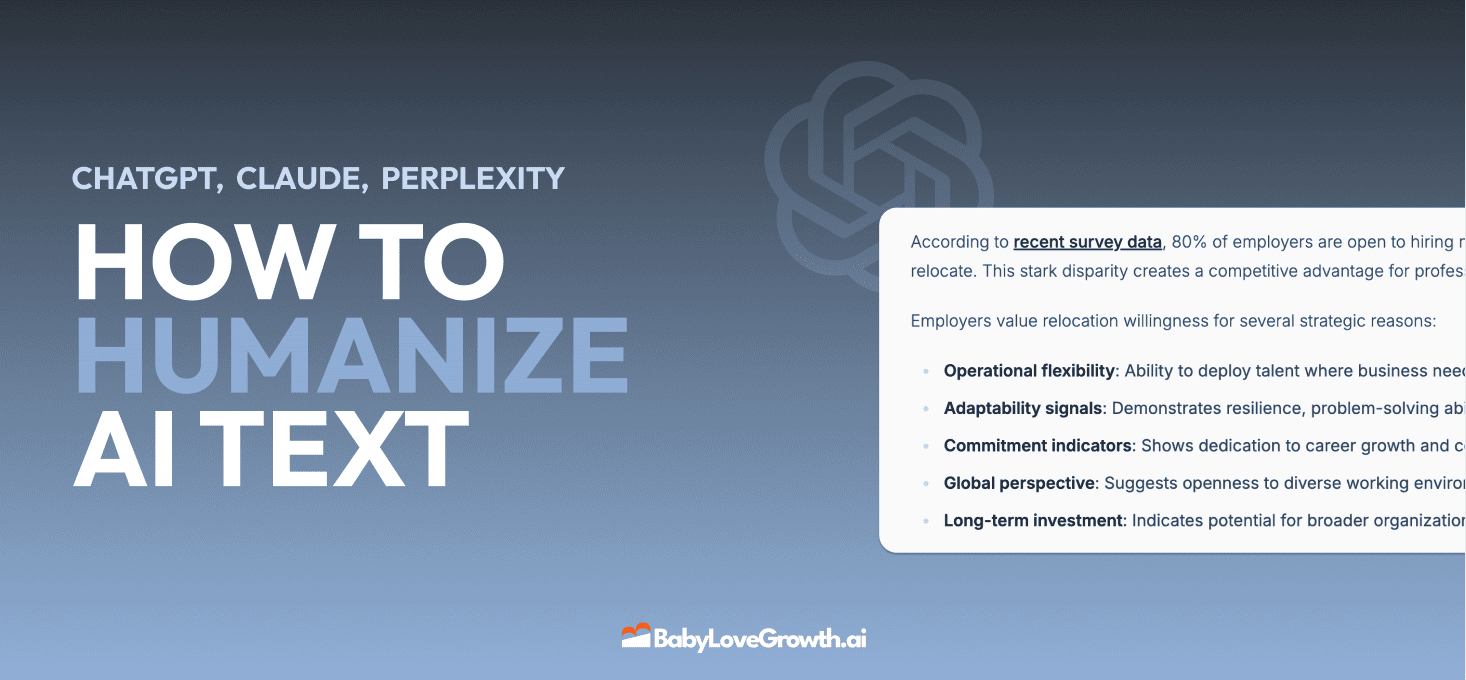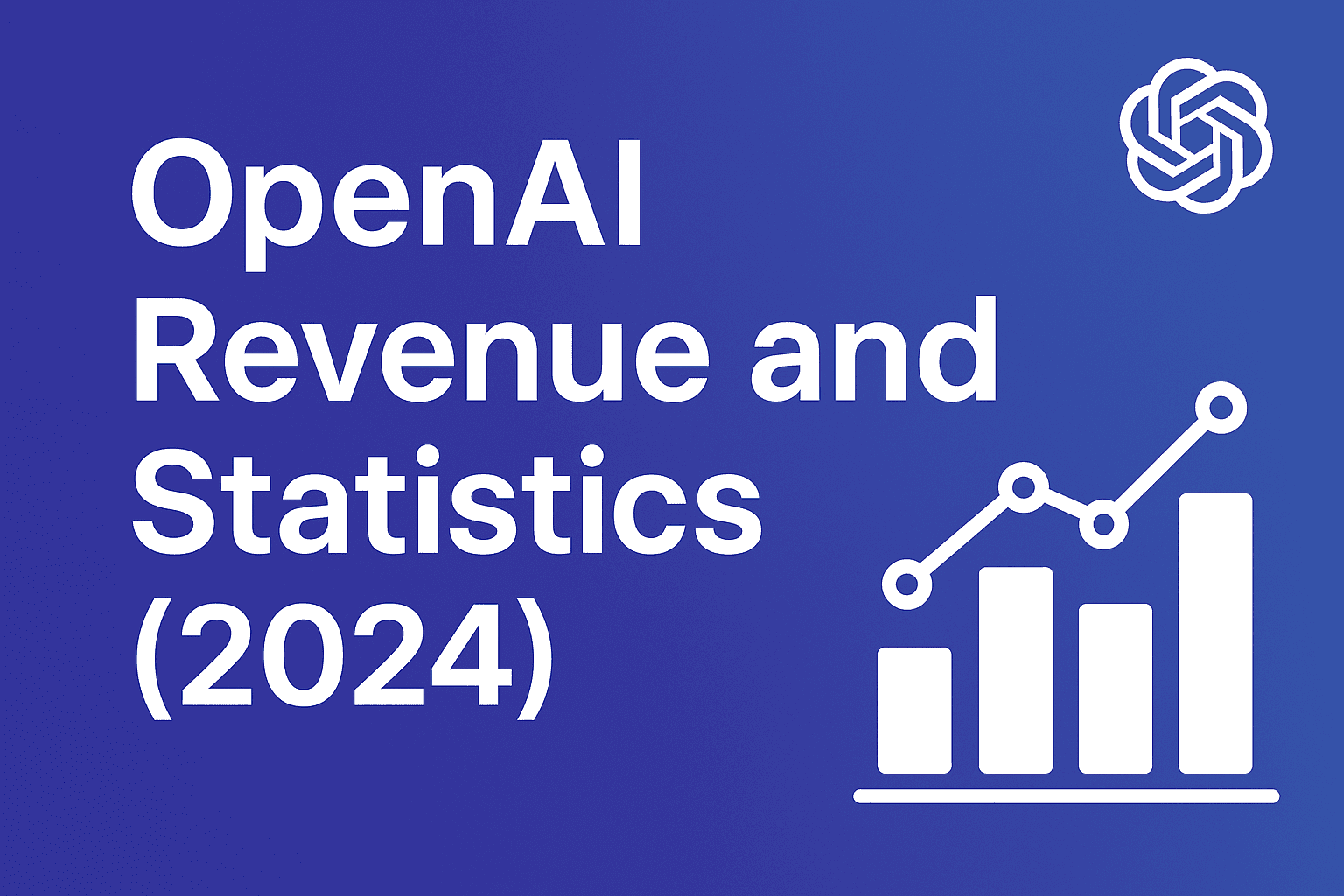Converting Website Traffic: Proven Strategies for 2025


Most businesses think more visitors means more sales, yet the numbers tell a different story. Even the best landing pages convert only 5.31 percent of visitors on average while the majority of websites barely break 2 percent. Surprising, right? The real secret is that unlocking higher conversions has less to do with traffic volume and everything to do with what happens after someone arrives. Here’s where proven, data-backed strategies flip the script for 2025.
Table of Contents
- Understanding Why Website Traffic Fails To Convert
- Key Elements Of High-Converting Landing Pages
- Top Strategies For Converting Website Traffic
- Tools And Metrics To Track Conversion Success
Quick Summary
| Takeaway | Explanation |
|---|---|
| Target Quality Traffic | Focus on attracting high-quality, relevant traffic through audience segmentation and targeted content to improve conversion rates. |
| Optimize Landing Pages | Ensure landing pages have a clear value proposition, streamlined design, and optimized conversion elements to effectively turn visitor interest into actions. |
| Leverage Email Marketing | Utilize personalized email marketing strategies, including segmentation and automated nurture sequences, to effectively convert website visitors into customers. |
| Continuous Optimization | Treat conversion optimization as an ongoing process, employing A/B testing and user experience analysis to adapt strategies based on user data. |
| Track Key Metrics | Use advanced analytics tools to monitor critical conversion and engagement metrics that provide insights into user behavior and conversion performance. |
Understanding Why Website Traffic Fails to Convert
Converting website traffic remains a critical challenge for businesses seeking online growth. While attracting visitors seems straightforward, transforming those clicks into meaningful actions requires strategic understanding and precise execution.

The Traffic Quality Dilemma
Not all website traffic delivers equal potential for conversion. Predictable Revenue highlights a fundamental problem: attracting the wrong type of traffic significantly undermines conversion rates. Businesses often generate high visitor numbers without recognizing that quantity does not guarantee quality.
Understanding traffic composition becomes crucial. Visitors arriving through generic search terms or broad advertising campaigns might demonstrate minimal purchase intent. Precise targeting eliminates this issue by ensuring audience alignment with product offerings. Effective strategies include:
- Audience Segmentation: Create highly specific visitor profiles
- Keyword Precision: Target search terms with clear commercial intent
- Demographic Matching: Align marketing channels with ideal customer characteristics
Technical Barriers to Conversion
Technical infrastructure plays a pivotal role in conversion performance. Single Grain reports that technical issues represent major conversion impediments in 2024. Potential blockers include:
- Page Speed: Slow loading times cause immediate visitor abandonment
- Checkout Complexity: Complicated purchase processes frustrate potential customers
- Mobile Responsiveness: Nonoptimal mobile experiences reduce conversion probability
Website performance directly correlates with user trust and conversion potential. Technical optimizations create smoother user experiences that encourage action. Implementing responsive design, streamlining checkout processes, and reducing page load times can dramatically improve conversion rates.
Communication and Clarity Challenges
Poor communication represents another significant conversion barrier. Predictable Revenue emphasizes that inadequate product descriptions or unclear service explanations cause interested visitors to abandon websites. Effective communication requires:
- Transparent Product Information: Clear, concise descriptions
- Value Proposition Clarity: Immediate understanding of product benefits
- Social Proof: Customer testimonials and credibility indicators
Visitors need immediate comprehension of what you offer and why it matters. Removing ambiguity reduces friction in the conversion journey. Strategic content that speaks directly to user needs transforms casual browsing into purposeful engagement.
Converting website traffic demands holistic optimization. By addressing traffic quality, technical performance, and communication clarity, businesses can create compelling digital experiences that naturally guide visitors toward desired actions.
Key Elements of High-Converting Landing Pages
Landing pages represent the critical intersection between user interest and business conversion goals. Crafting a high-performing landing page requires strategic precision and nuanced understanding of user psychology and design principles.
Compelling Value Proposition
Sales Genie reveals that strategically optimized landing pages can double conversion rates, achieving rates of 5.31% compared to the industry average of 2.35%. The core of this optimization begins with a crystal-clear value proposition. Visitors need immediate comprehension of what makes your offering unique and valuable.A powerful value proposition communicates three critical elements:
- Unique Differentiation: Explain why your solution stands apart from competitors
- Immediate Benefits: Highlight tangible outcomes users will experience
- Problem Solution: Demonstrate how you resolve specific user challenges
Successful landing pages transform complex offerings into simple, compelling narratives that resonate instantly with target audiences. The messaging must be concise, direct, and focused on user outcomes rather than technical features.
Streamlined Design and User Experience
Lander Lab research indicates that top-performing landing pages achieve conversion rates up to 11.45% by prioritizing simplicity and user experience. Design elements play a crucial role in guiding user attention and facilitating smooth conversion paths.Key design principles include:
- Visual Hierarchy: Structure page elements to guide user eye movement
- Minimalist Layout: Remove unnecessary distractions
- Responsive Design: Ensure seamless experience across devices

The goal is creating an intuitive journey that feels effortless. Strategic placement of call-to-action buttons, clean typography, and thoughtful white space contribute to a frictionless user experience that encourages action.
Optimized Conversion Elements
Fibr AI highlights a critical insight: landing pages with sign-up forms containing only two fields demonstrate significantly higher conversion rates. Webinar-focused landing pages can achieve remarkable conversion rates up to 22.3%, underscoring the importance of form complexity and targeted offerings.Essential conversion optimization strategies include:
- Form Simplification: Reduce form fields to absolute minimum
- Social Proof: Include testimonials, case studies, and trust indicators
- Clear Call-to-Action: Use action-oriented, specific language
Successful landing pages transform visitor curiosity into committed action. By understanding and implementing these key elements, businesses can create digital experiences that not only attract attention but also drive meaningful conversions.
Ultimately, high-converting landing pages are precision instruments. They blend psychological insight, design excellence, and strategic communication to turn casual interest into decisive action.
Top Strategies for Converting Website Traffic
Converting website traffic requires a multifaceted approach that goes beyond simple visitor attraction. Strategic implementation of targeted techniques can transform passive website interactions into meaningful business outcomes.
Targeted Traffic Acquisition
Steel Croissant emphasizes the critical importance of attracting high-quality, relevant traffic. Quality trumps quantity when it comes to website visitors. Businesses must focus on precise audience targeting strategies that align with specific user needs and preferences.Effective traffic acquisition strategies include:
- Content Personalization: Create highly targeted content for specific audience segments
- Lead Magnet Development: Design valuable resources that attract ideal customer profiles
- Precision Advertising: Utilize advanced targeting options across digital platforms
Successful traffic acquisition means understanding your ideal customer deeply. By developing content and marketing approaches that speak directly to user motivations, businesses can increase the probability of meaningful engagement.
Email Marketing Conversion Tactics
VWO reports that email marketing continues to be a powerhouse strategy, accounting for 14% of website visitor conversions in 2025. This channel remains effective due to its personalized approach and direct communication capabilities.Key email marketing conversion strategies include:
- Segmentation: Divide email lists based on user behavior and preferences
- Personalization: Craft messages that speak directly to individual user needs
- Automated Nurture Sequences: Create strategic email journeys that guide users toward conversion
Email marketing transforms casual website interactions into structured engagement pathways. By delivering targeted, valuable content directly to user inboxes, businesses can systematically move potential customers through the conversion funnel.
Continuous Optimization Approach
Steel Croissant highlights the significance of continuous improvement in conversion strategies. Successful businesses treat conversion optimization as an ongoing process of testing, learning, and refining.Critical optimization techniques include:
- A/B Testing: Systematically compare different page elements and messaging
- User Experience Analysis: Continuously map and improve user interaction paths
- Performance Tracking: Monitor key conversion metrics with precision
The most effective conversion strategies are dynamic. They adapt based on real user data, creating increasingly sophisticated approaches that respond to changing user behaviors and preferences.
Converting website traffic is not about implementing a single magical solution. It requires a holistic approach that combines targeted acquisition, strategic communication, and continuous refinement. Businesses that view conversion as an evolving process will consistently outperform those with static strategies.
Tools and Metrics to Track Conversion Success
Tracking conversion success requires a sophisticated approach that combines advanced analytics tools and strategic metric evaluation. Understanding which measurements truly indicate performance becomes crucial for businesses seeking meaningful digital growth.
Essential Analytics Platforms
Scaleo highlights Google Analytics 4 as the premier free analytics tool in 2025, providing comprehensive insights into user behavior and conversion events. Selecting the right analytics platform represents the foundation of effective conversion tracking.Key features to consider in analytics tools include:
- Real-Time Reporting: Instant access to current website performance
- User Journey Mapping: Detailed visualization of visitor interactions
- Cross-Platform Tracking: Comprehensive monitoring across devices
Advanced analytics platforms transform raw data into actionable insights. They enable businesses to understand not just what is happening on their websites, but why specific conversion patterns emerge.
Critical Conversion Metrics
Vezafy identifies several essential metrics that provide a comprehensive view of conversion performance. These metrics go beyond simple conversion rates to offer nuanced understanding of user behavior.Primary metrics businesses should track include:
- Conversion Rate: Percentage of visitors completing desired actions
- Bounce Rate: Proportion of single-page visitors
- Average Session Duration: Time users spend on the website
- Goal Completion Rate: Success of specific predefined objectives
Each metric offers a unique perspective on website performance. By analyzing these indicators collectively, businesses can identify potential barriers in the conversion process and develop targeted improvement strategies.
Engagement and User Experience Metrics
HubSpot emphasizes the importance of engagement metrics in understanding the user journey. These measurements provide insights into how effectively a website captures and maintains visitor attention.Critical engagement metrics include:
- Pages per Session: Number of pages viewed during a single visit
- Average Time on Page: Duration of user interaction with specific content
- Exit Rate: Percentage of users leaving from a particular page
- Scroll Depth: How far users scroll through content
Engagement metrics reveal the subtle nuances of user interaction. They help businesses understand not just whether users convert, but how they interact with content before making a decision.
Successful conversion tracking is not about collecting data. It is about transforming numbers into strategic insights. Businesses that develop a holistic approach to measurement can create more responsive, user-centric digital experiences that naturally guide visitors toward conversion.
Ultimately, the most effective conversion tracking combines advanced tools, comprehensive metrics, and a deep understanding of user behavior. By viewing analytics as a continuous learning process, businesses can consistently refine their digital strategies.
Frequently Asked Questions
What are some common reasons website traffic fails to convert?
Many websites struggle with low conversion rates due to issues like poor traffic quality, technical barriers like slow load times, and unclear communication of value propositions.
How can I improve my landing page conversion rates?
To optimize landing pages, focus on a compelling value proposition, a streamlined design for better user experience, and optimized conversion elements like clear calls to action and simplified forms.
What are effective strategies for acquiring high-quality website traffic?
Effective strategies include audience segmentation, keyword precision targeting, and the creation of valuable lead magnets that attract your ideal customers.
How can email marketing help convert website visitors into customers?
Email marketing can effectively convert visitors by utilizing personalized content, segmentation to target different user preferences, and automated nurture sequences that guide users toward making a purchase.
Ready to Turn More Traffic Into Real Leads and Sales?
If your business is stuck with lots of visitors but few conversions, it feels frustrating. You have done the hard work to drive traffic, but as this article points out, most websites struggle because of gaps in traffic quality, unclear messaging, or clunky user experiences. Imagine if more visitors instantly understood your value and took action. At BabyLoveGrowth.ai, we remove those roadblocks with effortless automation and a results-driven strategy proven to make a difference.

Get ahead now and stop leaving conversions to chance. Let our smart platform handle your SEO and content headaches while you watch engagement rise and leads roll in. Our streamlined three-step process gives you a full business analysis, a custom 30-day content plan, and powerful AI content—all designed to boost conversions. Start transforming every website visit into growth by visiting BabyLoveGrowth.ai and get your tailored content plan today.
Smart SEO,
Faster Growth!
Most Read Articles

Generative Engine Optimization (GEO)
Learn how Generative Engine Optimization (GEO) helps your content rank in AI search engines like ChatGPT and Google AI. This comprehensive guide explains the differences between SEO and GEO, why it matters for your business, and practical steps to implement GEO strategies for better visibility in AI-generated responses.

Track LLM Traffic in Google Analytics 4 (GA4)
Learn how to track and analyze traffic from AI sources like ChatGPT, Claude, Perplexity, and Google Gemini in Google Analytics 4. This step-by-step guide shows you how to set up custom filters to monitor AI-driven traffic and make data-driven decisions for your content strategy.

How to Humanize AI Text with Instructions
Learn practical techniques to make AI-generated content sound more natural and human. This guide covers active voice, direct addressing, concise writing, and other proven strategies to transform robotic text into engaging content.

Open AI Revenue and Statistics (2024)
Comprehensive analysis of OpenAI financial performance, user engagement, and market position in 2023. Discover key statistics including $20B valuation, $1B projected revenue, and 100M+ monthly active users.